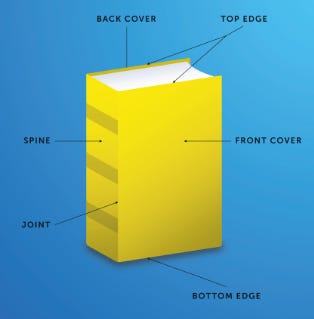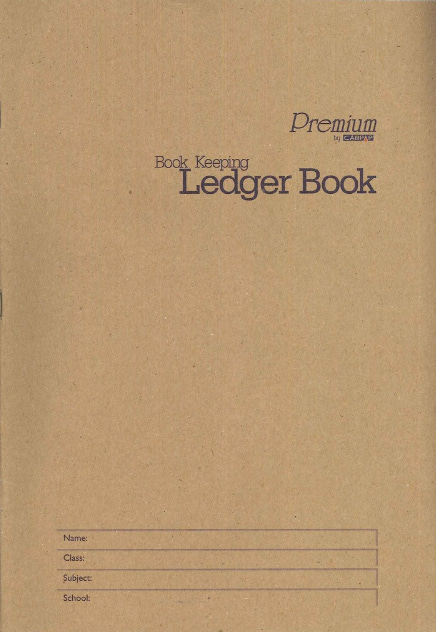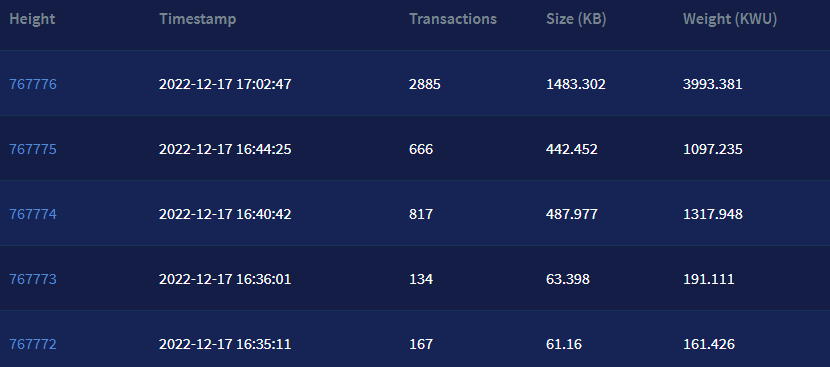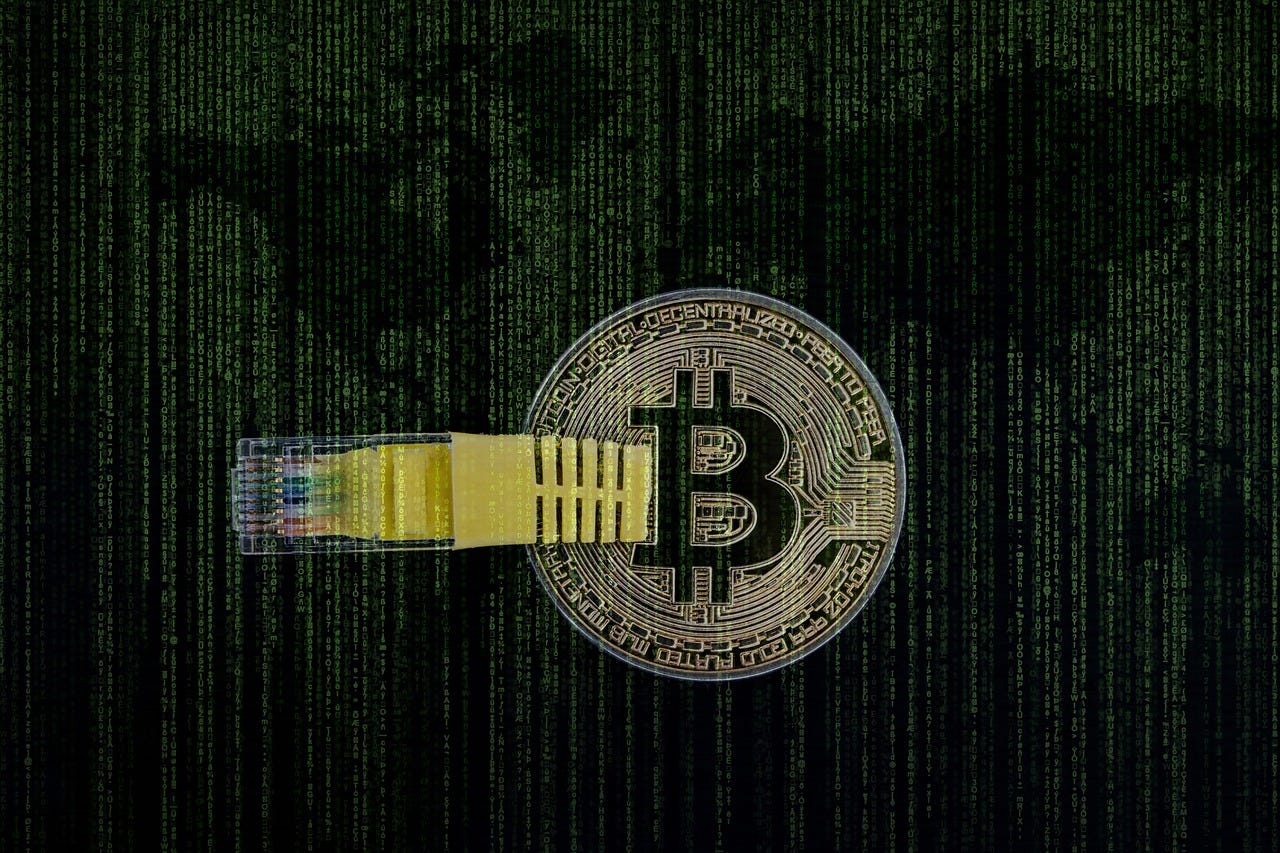Blockchain, Simply Explained
I know there's tons of articles out there explaining blockchain, but if you just want a very simple explanation that even your 100-year-old grandma can understand, please jump right in.
THIS is a ledger book.
Today I’m going to use a ledger book to explain how blockchain works.
Let’s start by explaining how you would use a ledger book to record your transactions in your daily life. In each transaction row, the simplest & most common data you record are the date of transaction, the items/service that you purchased/sold & the respective amount in fiat value (for this example, in Ringgits). Let’s say the company you worked for has remitted your monthly salary of say RM5,000 on the 31st of December, 2022, and then you spend RM1,500 on your housing rent on the same day, these count as 2 transactions. Each transaction will be recorded in each row until 1 page of rows are filled, before you flip to the next page and continue recording more transactions.
For this example, in blockchain terms, you can imagine every page of the ledger book as a [block] containing all these transactions, and you are the [validator] for this block, because you are the one who made these transaction before and these transactions are valid according to you. If you want to be sure that your transactions are super correct, you can show your ledger together with your receipts to your mum, your dad, your best friend and your friendly neighborhood (not Spiderman!). If all of them agrees that you made these transactions based on what is recorded & what is stated in the receipt, you can say that all of you have reach a [consensus] (or agreement) that these transactions are correct.

Furthermore, the pages in the ledger book are bound to a spine of the book to ensure the pages do not fall off or scattered around, and the pages are in sequence. In blockchain terms, the blocks are [chained] together permanently so that no validated transactions will be lost or modified by bad actors easily. There you go! I just defined the words block & chain using a ledger book!
Jokes aside, why use a blockchain to record transactions though?
1. Transparency & Auditability
Humans in nature are very “busybody”. If our economy went south and governments not doing their job properly while being secretly corrupted, the people would like to know where all the money go? Who’s currently holding all the corrupted money? Have you ever wondered how the famous 1MDB scandal occurred 7 years ago and we’re still haven’t fully identified & verified how all the stolen funds are being channeled around the world? With a blockchain, you can find these answers yourself.
Take a look at this screenshot yourself from BTCScan, a webpage that lets you track the Bitcoin blockchain, as an example. Basically, this screenshot tells you that:
There are 5 pages of transactions (or blocks) in the Bitcoin blockchain.
We’re currently at page 767,772 to 767,776 in the ledger book, where a total of (2,885 + 666 + 817 + 134 + 167 = 4,669) transactions are recorded on the 17th of December, 2022, between 4:35pm to 5:02pm.
The maximum transactions recorded in one page is 2,885, with a memory size of 1,483 kB (or 1.483 MB)
For now, you don’t need to know Weight (KWU), but I’ll just put a link here if you like to know more.
Dive deeper into BTCScan, you’re able to check the owner of a Bitcoin wallet address, how much does the owner have in the wallet, and the transactions history. With blockchain, you are able to audit where all the money goes while maintaining some form of anonymity as long as you don’t share your sensitive data online.
To apply this auditability feature of the blockchain, let’s say the government must declare a public address where all the 1MDB funds are stored. When the public address is live on their website, anyone can just copy the address, search the address’s transactional history & balance in a blockchain analytical tool like BTCScan. If let’s say 1 BTC worth of Ringgits are transferred to another address, anyone can see the transaction being made through BTCScan and if you’re suspicious about the transaction is to a wallet address that belongs to a corrupt governor, you may document this transaction as part of the evidence to see if there’s any correlation between the transaction and the recent criminal activity of the governor of interest.
In layman terms, anyone can be a Sherlock Holmes or an FBI agent.
2. Secure & Immutability
Why use a blockchain to record transactions instead of a ledger book? Because a physical book is not secure. It can be easily stolen, lost, burnt during a fire incident, or washed away during a flood. Pages can be torn, and the ink will fade away in time so your transaction records will be lost forever. Similarly, why use a blockchain instead of a spreadsheet such as Excel or Google Sheets? Because the Internet is also not a very safe place to store your financial transaction data. Hackers can easily hack into your computer, access your spreadsheets & modify the financial data inside them. In fact, recording transactions in a physical book & spreadsheets do have one thing in common: Your transactions are stored locally at one location.
Now, let’s first pretend like we don’t know anything about the blockchain and ask ourselves “How do we protect our ledger full of important transactions from getting lost or stolen?” The first logical thing you would do is to make copies, store them in multiple locations and then when one copy is compromised, you still have backup copies.
What if I told you that blockchain is basically doing exactly that! Instead of only you keeping all the ledger copies, we let thousands of people to do it inside nodes! Nodes are basically computers linked to the blockchain network that are used to store & transact data. Each time someone makes a transaction, miners will have to do the work to solve puzzles so that your transaction will be verified and stored in the blockchain by thousands of nodes, from a “RM1.50 teh ais” transaction to billions of Ringgits worth of assets transaction.
3. Permissionless
So you plan to become a miner or a validator to help secure the blockchain network to earn some side income? In current financial systems, if you want to sign up anything with a 3rd-party company or institution, you need to perform KYC (Know Your Customer) by submitting forms, your ID, home address and other personal details to be able to comply with regulatory laws. Conversely, running a blockchain does not require any of this because the setup documentation is open-source, meaning you can follow the guide of how to setup a node for free and easily accessible. You can also setup a Bitcoin full node yourself with BitcoinCore, and different blockchains will have their own documentation to set up the respective nodes.
Summarizing Key Takeaways
Blockchain is basically the biggest ledger book in the world, maintained by thousands of nodes to record data & transactions in a transparent, auditable, secure, immutable & permissionless manner. Any activity that requires recording and viewing the full history of the data would definitely require a blockchain. With education and wider adoption, we will see blockchain technology to be able to improve the current systems for the better.




